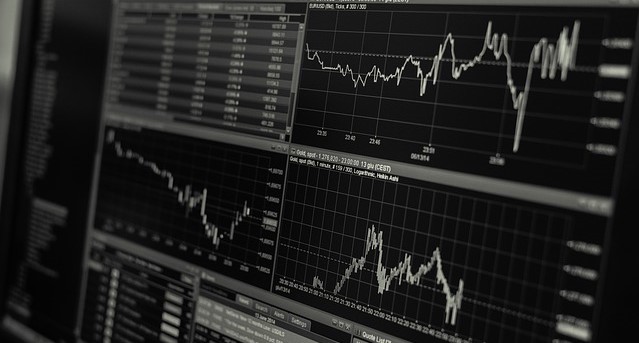I was recently listening to the podcast “Secrets of Wealthy Women,” hosted by the Wall Street Journal. One of the wealthy ladies being interviewed, a successful business owner, made a comment which stopped me cold. When asked about her investing philosophy, she replied nonchalantly, “Oh I don’t like risk, so I just put my money into something safe, like the S&P500 index.”
Wait, what??? Did she just say that investing in “the index” was safe? I hit replay to make sure. Yes, she did. Whoa.
As a financial planner, I was appalled. Calling investing in the index “safe” is like calling pneumonia “a paper cut.” Not only is it incorrect; it also shows a dangerous misunderstanding of what is actually going on. However, this “wealthy woman” wasn’t the first nor the only investor I had heard make this erroneous statement. I felt compelled to help investors set the record straight, before improper diagnosis resulted in unnecessary deaths.
First, let’s get our terminology straight. What do we mean by “investing in the index”? Technically, you can’t invest in an index. An index is a benchmark; so technically what you are investing in is a fund that mimics the index, not the index itself. So let’s say that you “invest in an index fund.” Usually when someone refers to doing this, they are referring to the S&P500 Index. Investing in an S&P500 Index fund means you invest in a fund that owns approximately 500 stocks in the US marketplace. A lot of them would be big companies you would know, like Amazon, Bank of America, Exxon, and Apple. An S&P500 index fund is 100% fully invested in the stock market.
Next, let’s define what we mean by “safe” investing. Many people might think of it as “taking less market risk” or “experiencing less dramatic swings.” You could also say, investing with “low risk of loss.” The idea here is that you are less likely to see negative returns in your investment account. Things you might own in this area could be money market funds or CD’s: vehicles that involve minimal risk of market loss.
And here’s where we have a problem.
Investing in an index could be called “passive,” “uncomplicated,” or even “simple.” It has its fans and there are arguably reasons to use it as part of an overall strategy, but it is NOT “safe” as defined above. In fact, it is just the opposite: investing 100% in the index means taking on 100% of the market risk. It means experiencing every swing in the market. It means more likely to lose money than more conservative investments like bonds and cash. It is an aggressive investing strategy by definition!
Investopedia defines “Aggressive Investment Strategy” as “…an asset allocation with a substantial weighting in stocks and a much smaller allocation to fixed income and cash.” It goes on to comment that “a high tolerance for risk is an absolute prerequisite for an aggressive investment strategy.” Yikes!
https://www.investopedia.com/terms/a/aggressiveinvestmentstrategy.asp
Most investors are not truly “Aggressive,” even if they say they are. Most human minds and stomachs can’t take the raw swings of the stock market when not balanced by something else (like cash or bonds).
So why do so many people (including this wealthy woman) think that investing in the index is “safe”??
I fear this myth has been going around recently for two main reasons: first, the popularity of passive index funds which are a low-cost, efficient way to broadly own the market without trying to pick a stock or a sector to invest in. Simple, uncomplicated, easy. For some reason, our brains tend to associate these terms with “safe.” In investing, they are not the same thing.
Second, reinforcing this idea, is the relatively positive performance of the S&P500 index in recent years. For example, in 2017, the S&P500 index (as measured by the Vanguard 500 Index fund) made approximately 20% (Fastrack data). Who wouldn’t like to see that kind of return in their portfolio? What amazes me is how quickly investors forget the lessons learned from the downturn of 2007 – 2009. The S&P500 (again, as measured by the Vanguard 500 Index fund) lost approximately 55% in that time period (Fastrack data). Is that a desirable return in your portfolio? I don’t think so. And the math gets even worse when you consider that your investments have to make more than 55% to get back to even, let alone starting to see gains again. It takes a 100% return to make up a 50% loss – it took about 4 years to make back the 2008 losses (Fastrack data).
Anyone who was invested during down periods should know better than to call indexing “safe.”
So, my comment to this wealthy woman, and to all investors, is this: be sure you know what you are doing and why. If you want to be aggressively invested and ride the swings of the stock market, great, an index fund can help to fit those requirements. If, however, you want to be “safe” as defined by experiencing less risk, then indexing (fully in a stock market index) is not for you.

